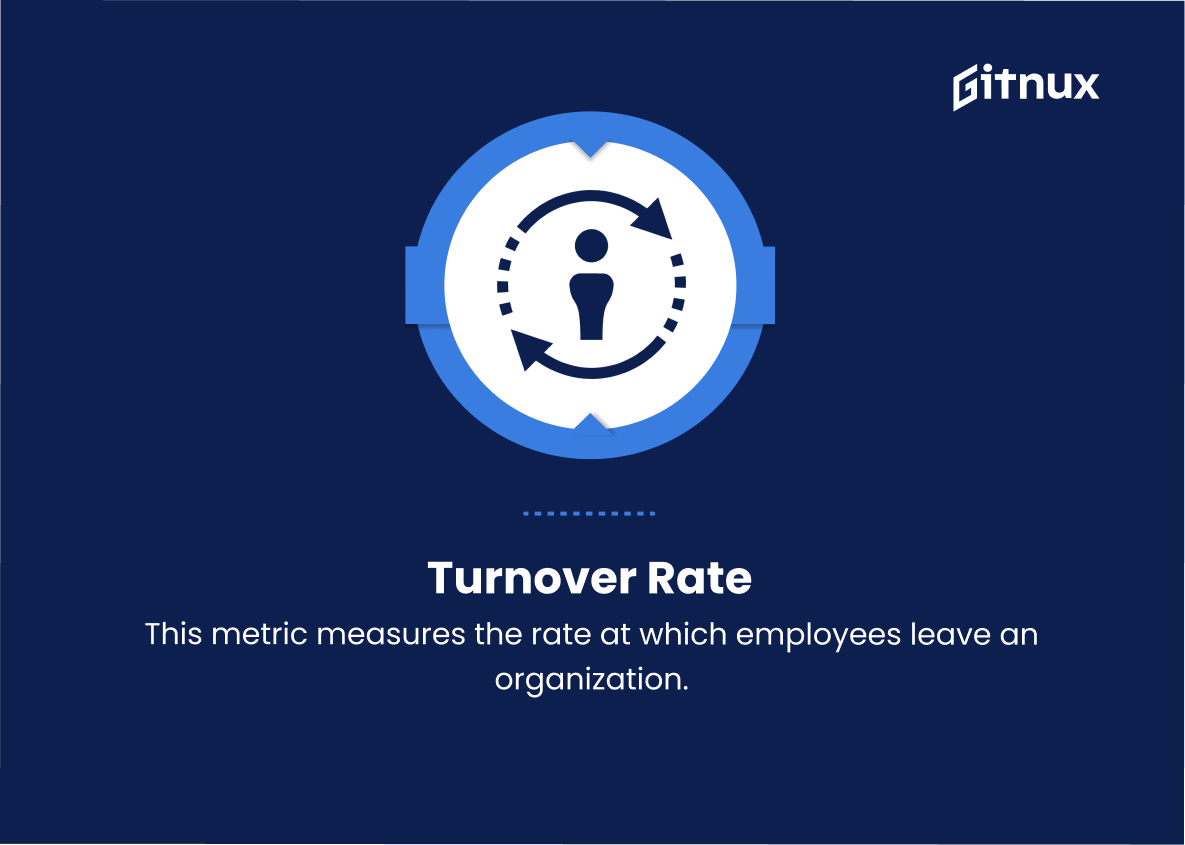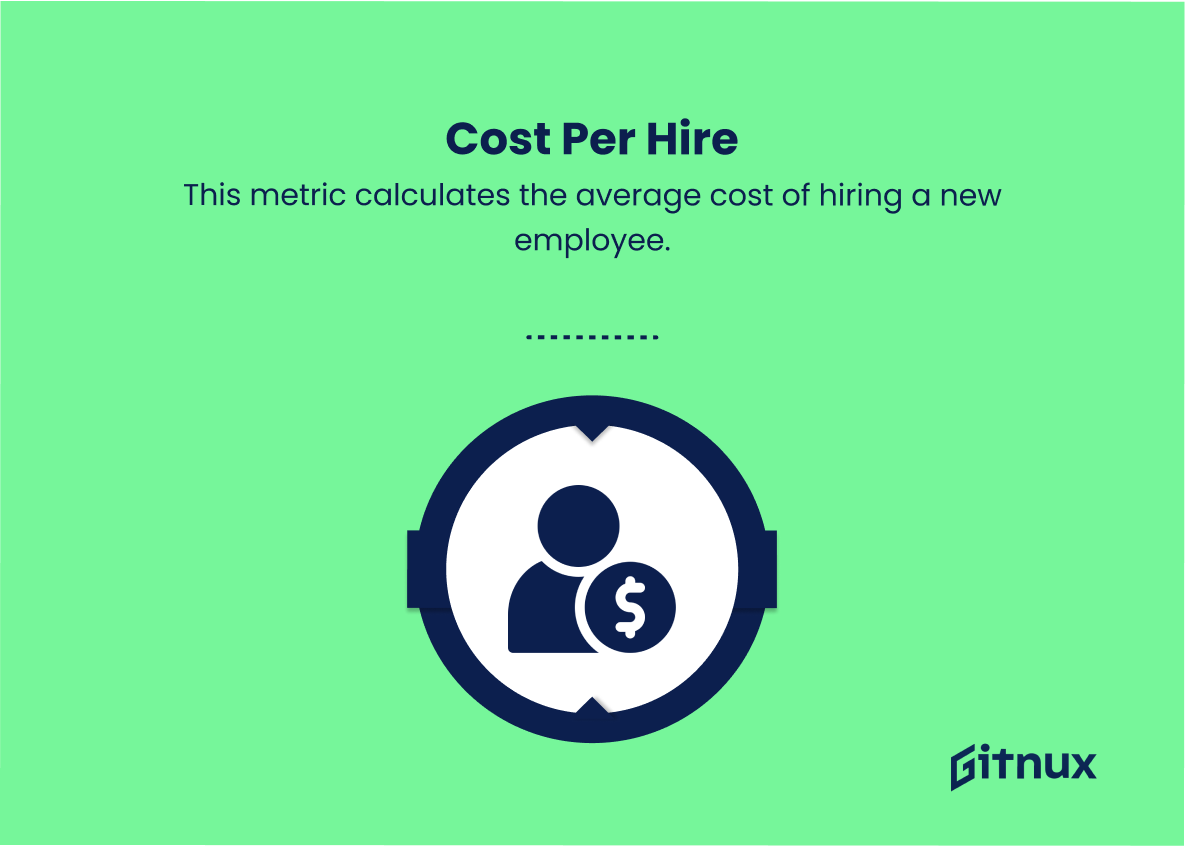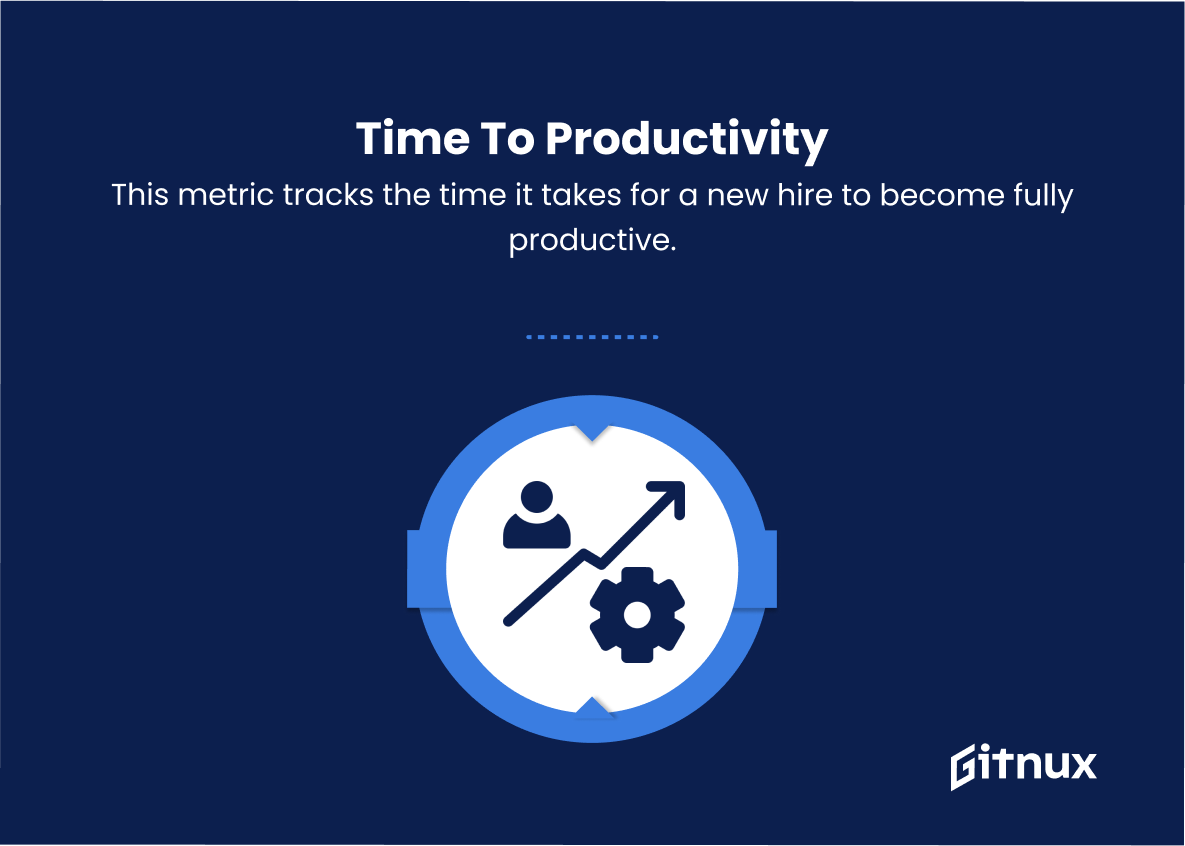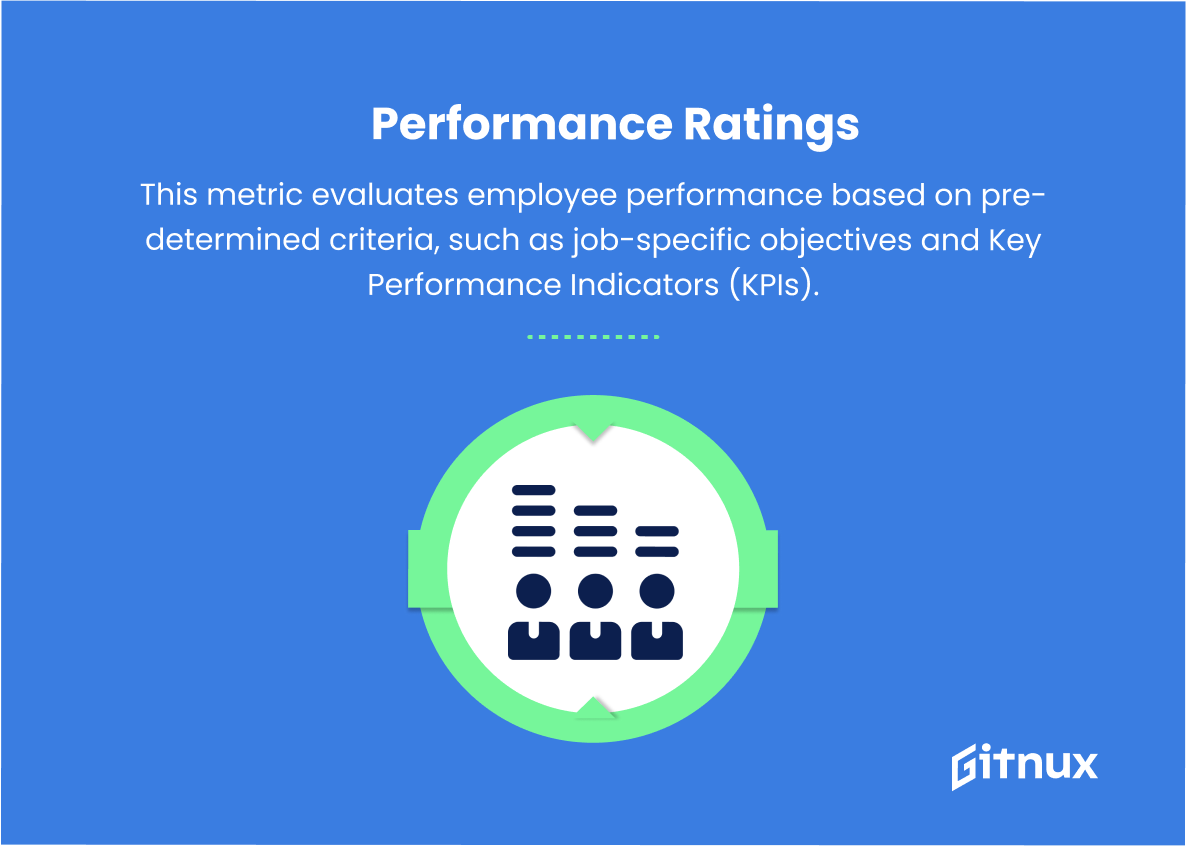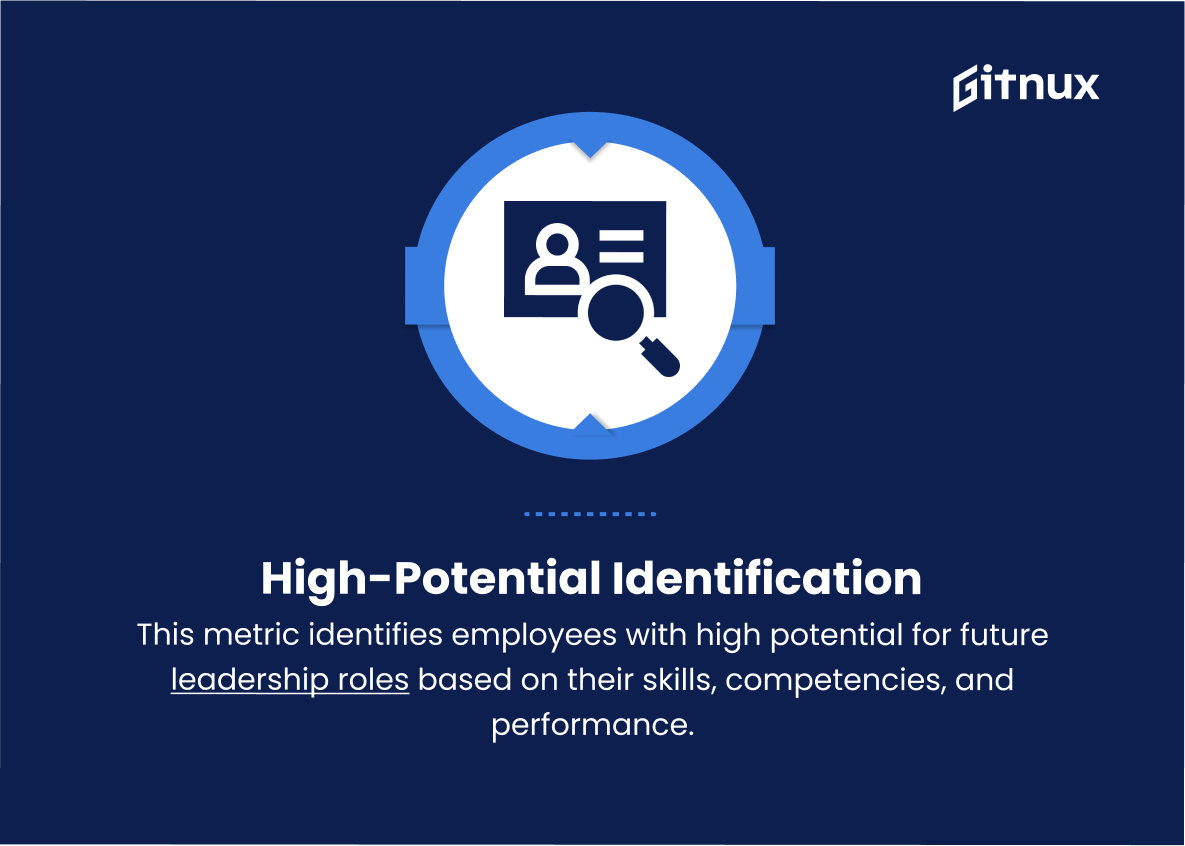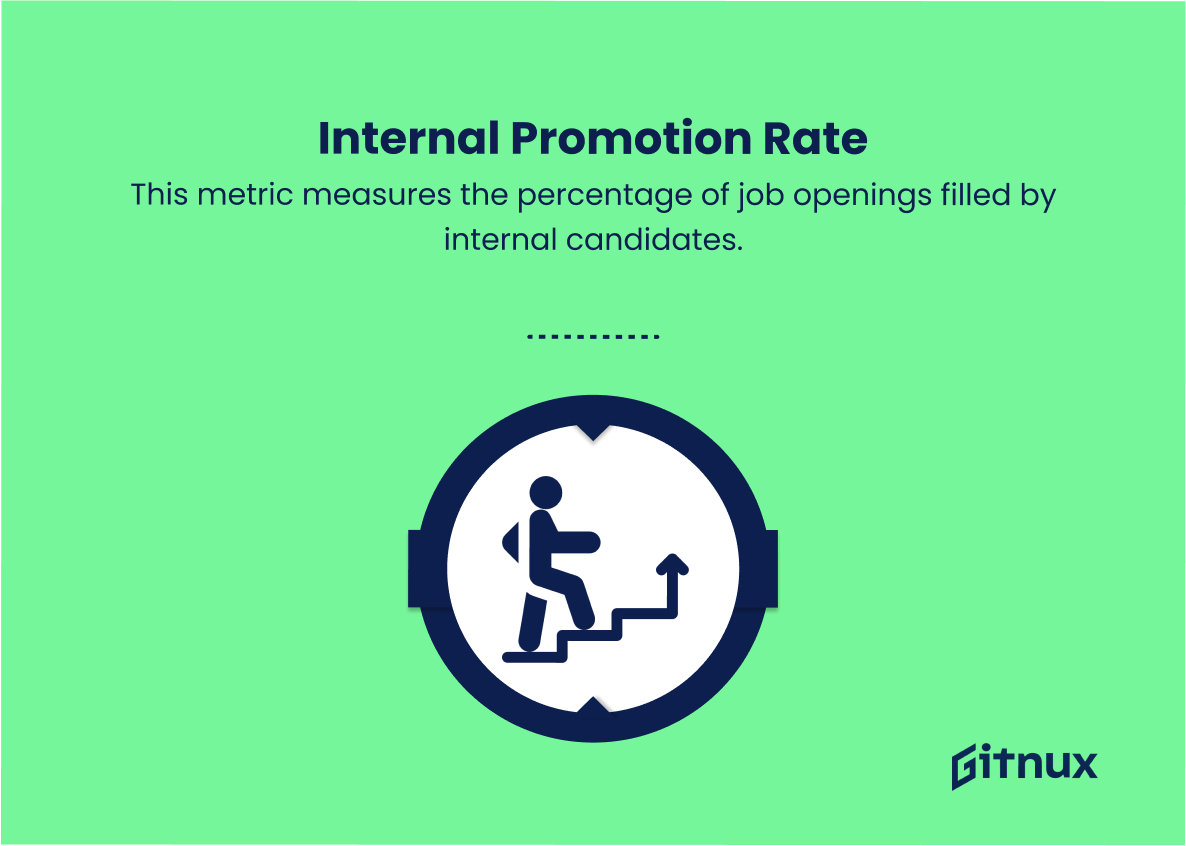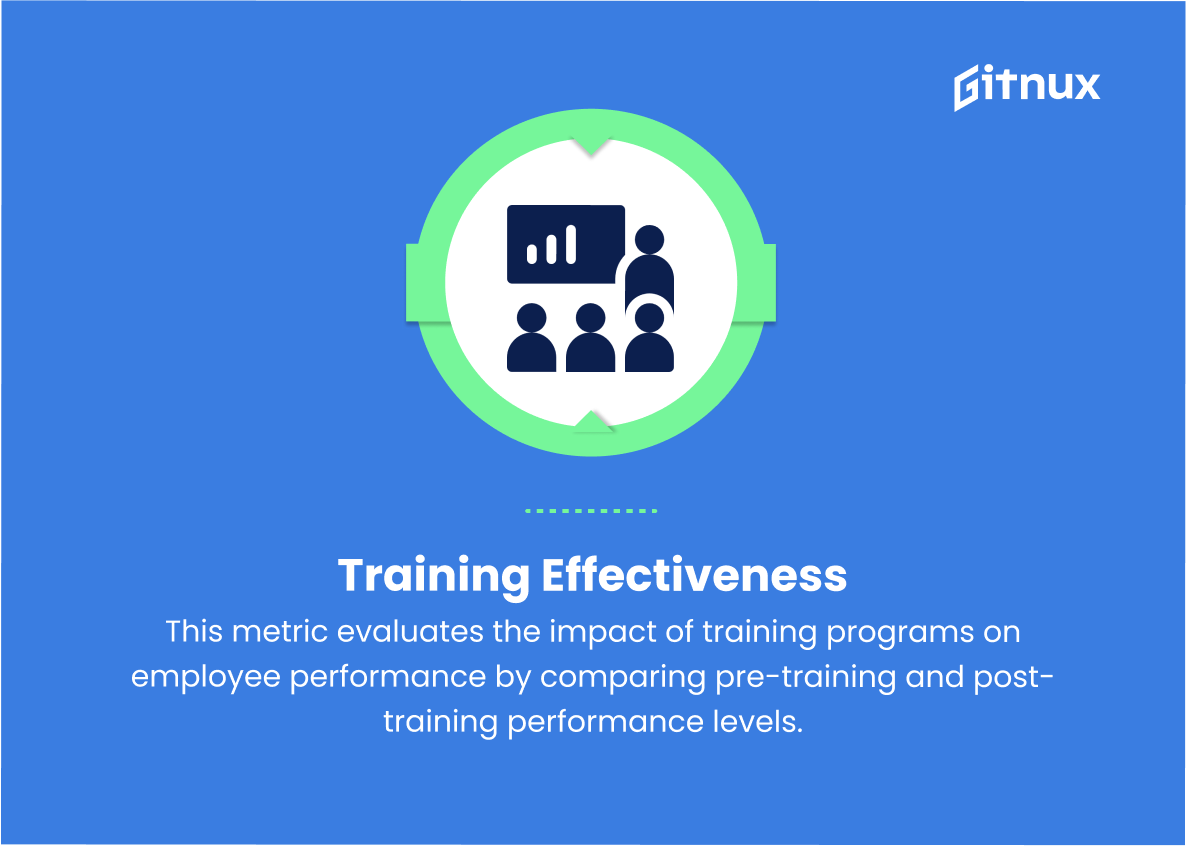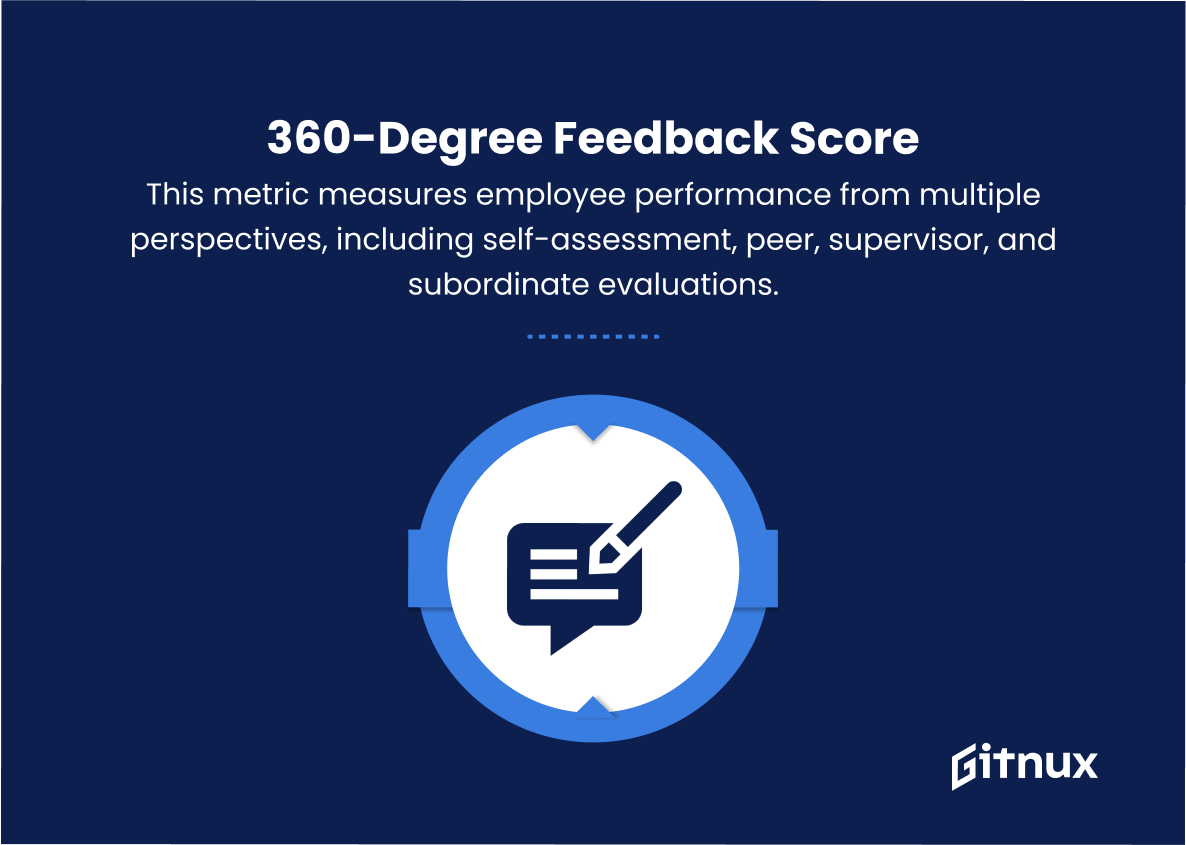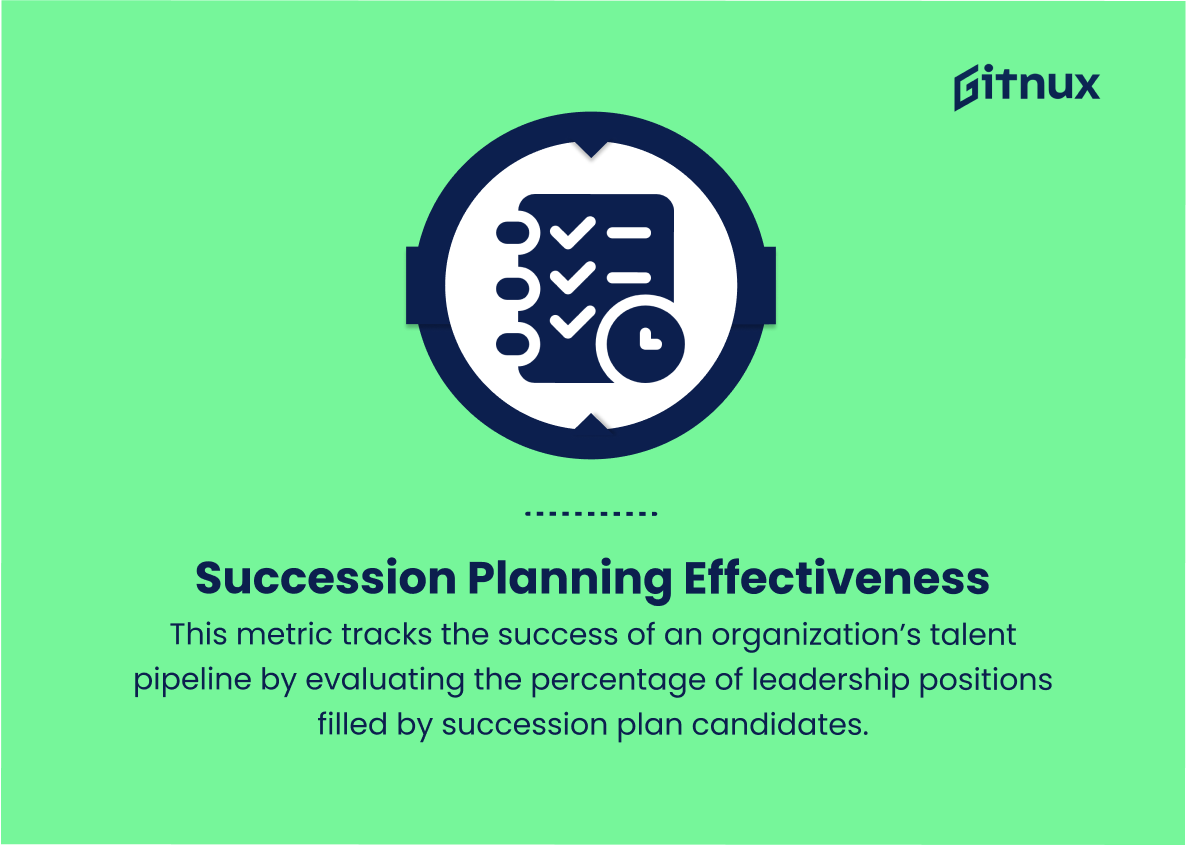In today’s highly competitive business environment, effective talent management has become increasingly crucial for organizational success. Human capital is an organization’s most valuable asset and investing in its development, engagement, and retention is essential for the overall health of the business. To optimize the management of talent, organizations must consistently measure and evaluate relevant metrics to make informed decisions on their talent strategies.
In this blog post, we will delve into the critical Talent Management Metrics that organizations should focus on to improve their human resource processes and ensure that they attract, develop, and retain the right talent for their future growth and success.
Talent Management Metrics You Should Know
1. Turnover Rate
This metric measures the rate at which employees leave an organization. It indicates the effectiveness of talent retention strategies and the attractiveness of the organization to employees.
2. Cost per Hire
This metric calculates the average cost of hiring a new employee. It includes recruitment advertising, agency fees, background checks, and employee referral bonuses.
This metric helps organizations optimize their recruitment budget and make better hiring decisions.
3. Time to Fill
This metric measures the average time it takes for an organization to fill a job opening from the time it is posted to the job offer being accepted. A shorter time to fill indicates higher efficiency in the recruitment process.
4. Time to Productivity
This metric tracks the time it takes for a new hire to become fully productive. This can help identify potential onboarding or training weaknesses and improve new employee integration.
5. Employee Engagement
Employee engagement tracks employees’ emotional commitment to the organization and its goals. High engagement levels lead to higher job satisfaction, increased productivity, and better retention rates.
6. Performance Ratings
This metric evaluates employee performance based on pre-determined criteria, such as job-specific objectives and Key Performance Indicators (KPIs). Regular performance reviews can help identify top performers and opportunities for professional development.
7. High-Potential Identification
This metric identifies employees with high potential for future leadership roles based on their skills, competencies, and performance. Investment in their development can ensure a strong internal talent pipeline.
8. Internal Promotion Rate
This metric measures the percentage of job openings filled by internal candidates. A high internal promotion rate indicates effective talent development and increased employee satisfaction.
9. Training Effectiveness
This metric evaluates the impact of training programs on employee performance by comparing pre-training and post-training performance levels. It helps identify gaps in training material and successful training methods.
10. 360-Degree Feedback Score
This metric measures employee performance from multiple perspectives, including self-assessment, peer, supervisor, and subordinate evaluations. This comprehensive approach helps create a well-rounded understanding of an employee’s strengths and areas for improvement.
11. Succession Planning Effectiveness
This metric tracks the success of an organization’s talent pipeline by evaluating the percentage of leadership positions filled by succession plan candidates. High effectiveness indicates a strong internal talent pipeline.
12. Diversity and Inclusion
This metric analyzes the diversity of an organization’s workforce in terms of gender, ethnicity, age, and other factors that promote an inclusive environment. Diversity encourages innovation, creativity, and better decision-making.
13. Employee Satisfaction
This metric measures employee satisfaction by analyzing factors such as compensation, benefits, work-life balance, and company culture. High employee satisfaction leads to increased retention rates and a positive employer brand.
14. Retention Rate for High Performers
This metric tracks the percentage of top-performing employees who remain in the organization. A high retention rate for high performers indicates that the organization is effectively managing and retaining its top talent.
Talent Management Metrics Explained
Talent Management Metrics are crucial for organizations as they help in evaluating the effectiveness of recruitment, retention, and talent development strategies. Turnover rate indicates the success of retention practices and the organization’s appeal to employees. Cost per hire helps in optimizing recruitment efforts and making informed hiring decisions. Time to fill and time to productivity measure the efficiency of the recruitment process and new employee integration, respectively.
Employee engagement, performance ratings, and 360-degree feedback scores provide insights into job satisfaction, productivity, and holistic understanding of an employee’s strengths and weaknesses. High-potential identification, internal promotion rate, and succession planning effectiveness ensure a strong internal talent pipeline and employee satisfaction. Training effectiveness helps in identifying the impact of training programs and improving them accordingly.
Diversity and inclusion enhance innovation and decision-making, while employee satisfaction and retention rate for high performers measure overall employee happiness and the organization’s ability to retain top talent. Overall, these metrics play a significant role in driving organizational growth and success through effective talent management strategies.
Conclusion
In conclusion, talent management metrics play a crucial role in the success of any organization. By implementing these metrics, companies can not only optimize their workforce performance but also ensure a more strategic approach to talent acquisition, development, and retention.
As businesses continue to navigate the ever-changing landscape of talent management, these metrics become even more essential in facilitating informed decision-making, fostering a healthy company culture, and ultimately achieving organizational goals. By committing to a robust talent management strategy rooted in measurable data, organization leaders can cultivate an empowered workforce, drive innovation, and maintain a competitive edge in their respective industries.
